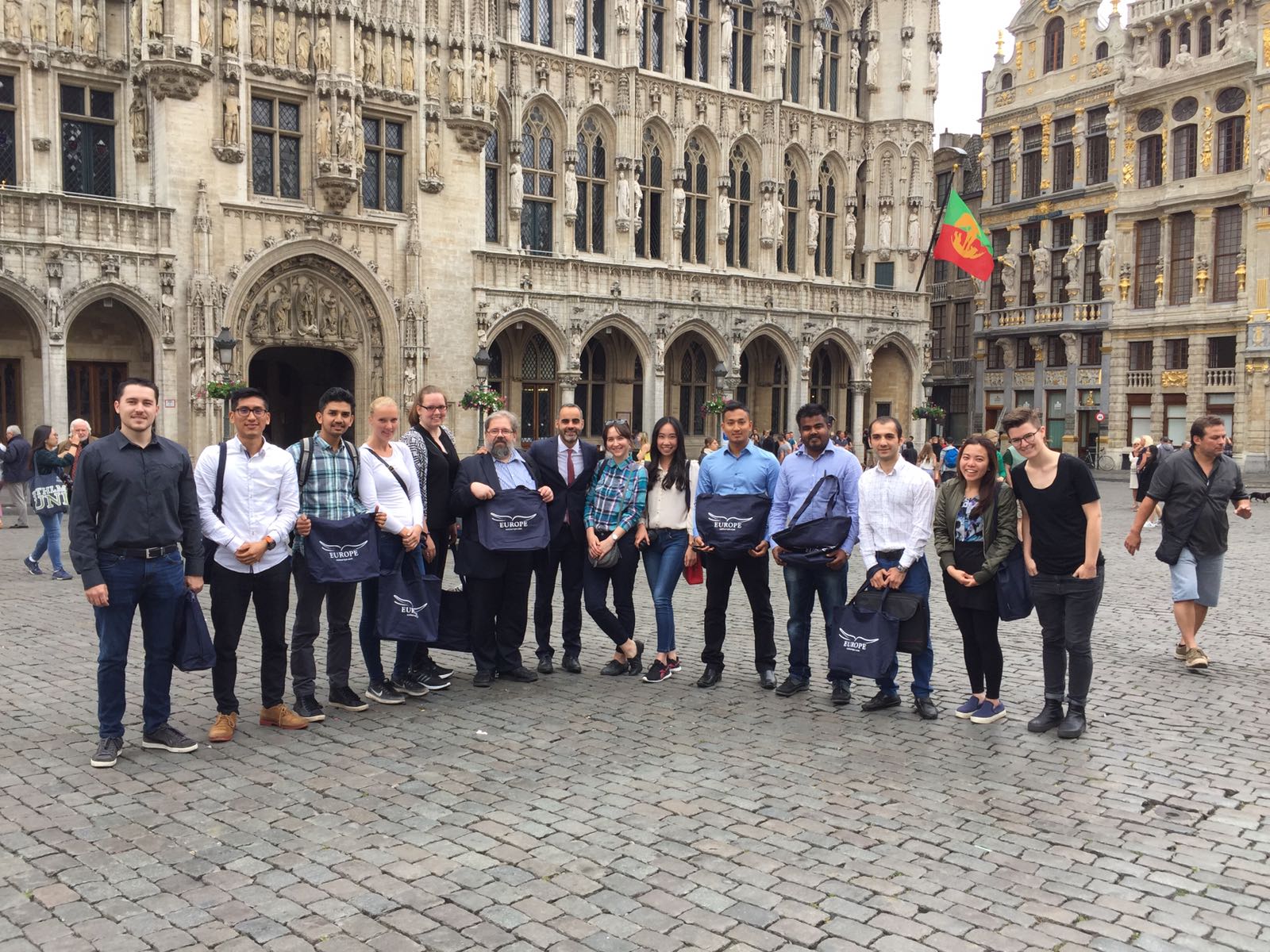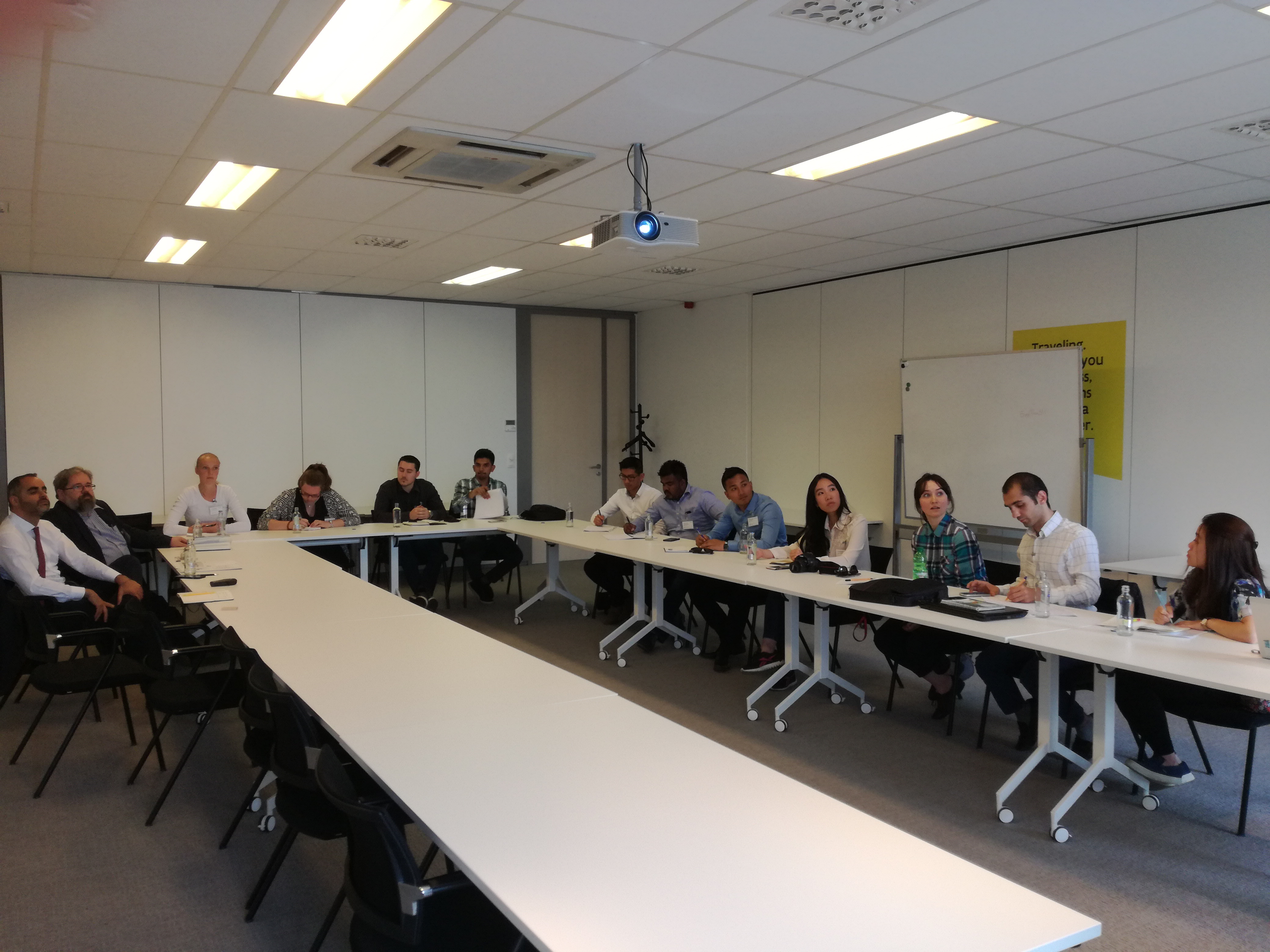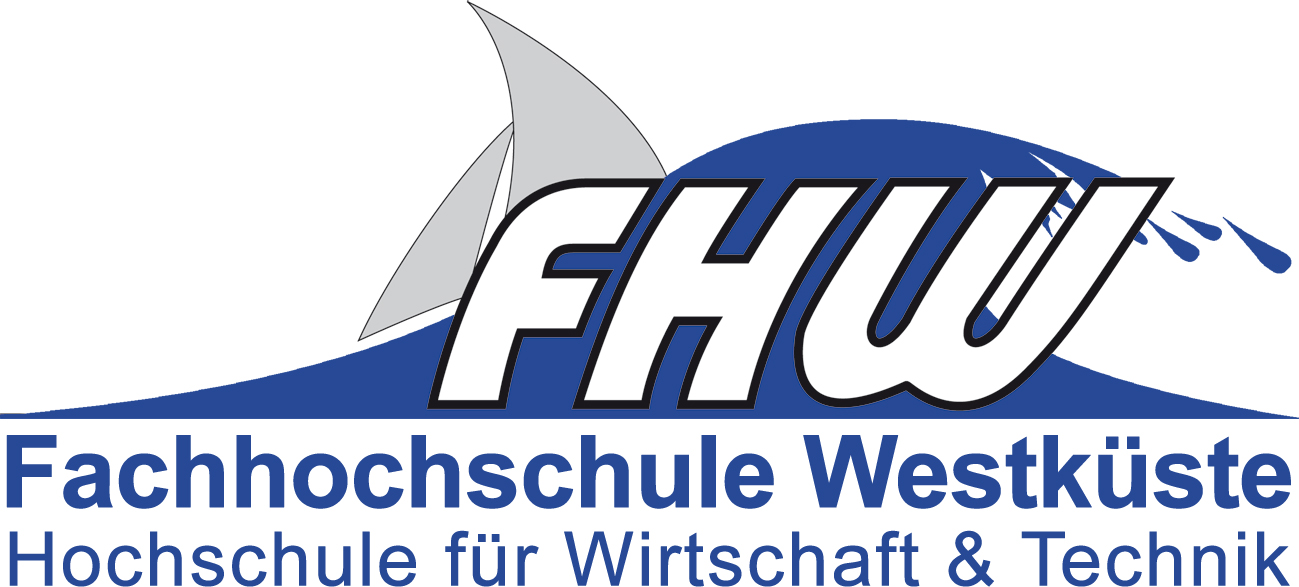|
Wed 14:00-19:00 h, S17,
Exkursion 16./17.6.


6 SWS Course
Workload:
90 h classroom work / 270 h self-study
ECTS points: 12
Examination:
Presentations:
Intermediate
Presentations (work-in-progress) 30 min. plus discussion (10% of
final grade)
Final
60 min. including discussion group presentations of the research results (30% of final grade)
Term
paper:
Written analysis (paper and electronical version),
10 pages p.P.
Deadline: 03.07.2017. (60% of final grade)
|
Year
|
Countries
|
|
2012
|
China
- Russia Tourism Year
|
|
2015
|
China
- Central and Eastern Europe Tourism Year
|
|
2015-2016
|
China
- South Korea Tourism Year
|
|
2016
|
US
- China Tourism Year
China
- India Tourism Year
Silk
Road Tourism Year
|
|
2017
|
China
- Australia Tourism Year
China
- Denmark Tourism Year
|
|
2018
|
EU
- China Tourism Year
Canada
- China Tourism Year
Turkey
Tourism Year in China
|
|
2019
|
China
- New Zealand Tourism Year
|
Basic work structure: Four Tourism Years, each for one member of
group, comparison and general analysis together
Background: Current situation of tourism between two countries
before YOT (partly based on other group results)
Descriptions of YOTs following uniform structures
Specific events analysis
Marketing strategies – how YOT is promoted
Compare YOT
Analysis of priorities in events according to categories
Inbound/Outbound tourist numbers Quantitative
Comparison of involvement of both sides/countries
If possible, investment in YOTs
Overall analysis – Pro & Con
Case Study Summer Semester 2017
Bilateral
„Years of Tourism“ (YoT) as marketing instrument in international tourism
Using the
example of the preparations for the EU-China Tourism Year 2018
Research
tasks
a) Researching and presenting the development of the idea of YoT, comparison between selected YoTs,
analysis of their effect on the bilateral tourism during and after the YoT
within the framework of tourism marketing
b) ECTY
2018 researching, assessing and presenting development of
ECTY2018 within the framework of EU policy on international tourism,
development of recommendations
What is special about the EU-China Tourism Year 2018?
- Strong concentration on Chinese visitors to Europe - possible if China wants to attract more Europeans coming to China?
- First time not one country, but 28 countries:
How to deal with the wish of all countries to be included?
How to make sure that all countries are included but still Chinese are interested, even if main destinations are not prominently mentioned?
How can spatial and temporal dispersion be supported?
- How are decisions taken with 28 countries involved?
- How much is non-leisure tourism included in ECTY2018 activities?
Three
groups:
1)
Previous
YoTs
2) Current
YoTs 2017 (Australia, Turkey,…)
3) ECTY2018
Recommendations done together by all three groups
Timetable:
29.3. Introduction EU-China tourism (WGA)
5.4. no class
12.4. Introduction YoTs
19.4. Forming of groups, structuring and start of group work
26.4. Qs, additional information WGA, Group
reports
PACE2017
3.5.
Qs, Work programme until May 31 - Group
reports
10.5. no class
17.5. no class
24.5. no class
31.5. WGA World Bridge Tourism meeting in Beijing report,
Intermediate presentations of four groups
7.6. Preparation excursion
14.6. Preperation excursion
15./16.6. Excursion Brussels
21.6. Preparation Final presentation
28.6. Final presentation
http://www.ecty2018.org/
EuropeWebinar
|


